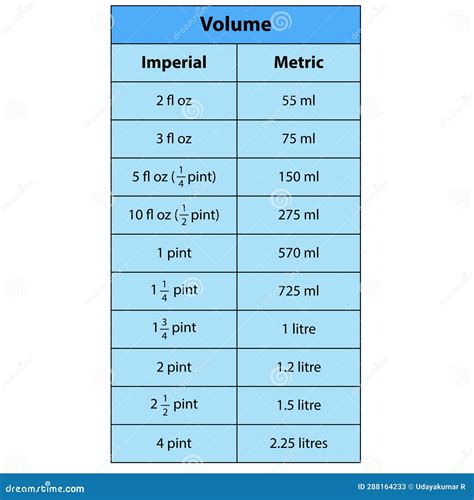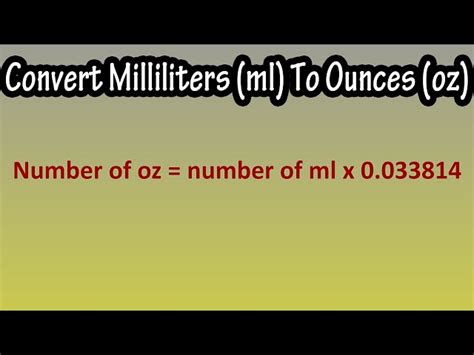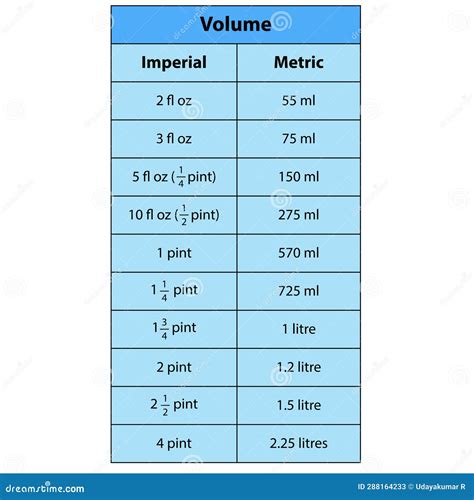Converting 300 milliliters to ounces is a straightforward process that requires an understanding of the conversion factors between the metric and imperial systems. The metric system is based on the liter, with 1 liter being equal to 1,000 milliliters. On the other hand, the imperial system uses fluid ounces as a unit of volume, with 1 fluid ounce being equivalent to 1/8 of a cup or 29.5735 milliliters.
Understanding the Conversion Factor

To convert milliliters to ounces, we use the conversion factor that 1 fluid ounce is approximately equal to 29.5735 milliliters. This means that to find out how many ounces are in 300 milliliters, we divide 300 by 29.5735. The calculation is as follows: 300 milliliters / 29.5735 milliliters per ounce = approximately 10.14 ounces.
Calculation and Rounding
The exact conversion of 300 milliliters to ounces involves a precise calculation using the conversion factor. Given that 1 fluid ounce equals 29.5735 milliliters, the conversion can be represented as: 300 mL / 29.5735 mL/oz ≈ 10.14 oz. It’s worth noting that in many practical applications, such as cooking or mixing beverages, rounding to the nearest tenth or whole number may be sufficient for the desired level of accuracy.
| Unit | Value |
|---|---|
| Milliliters | 300 |
| Ounces (approximate) | 10.14 |

Key Points
- The conversion factor between milliliters and ounces is approximately 1 fluid ounce = 29.5735 milliliters.
- To convert 300 milliliters to ounces, divide 300 by 29.5735, resulting in approximately 10.14 ounces.
- Rounding may be applied depending on the desired level of precision for the application.
- Understanding the conversion between metric and imperial units is essential for accurate measurements in various fields, including science, cooking, and international trade.
- For different volumes, the same conversion factor applies, but the calculation changes based on the volume being converted.
Applications and Considerations

The conversion of milliliters to ounces is not only useful in everyday applications like cooking and mixing beverages but also in scientific research, pharmaceuticals, and international trade, where precise measurements are critical. It’s essential to be aware of the conversion factors and to apply them accurately to avoid errors that could have significant consequences.
Practical Examples
In practical scenarios, such as following a recipe that lists ingredients in milliliters but your measuring cups are marked in ounces, knowing how to convert between these units can be very helpful. Similarly, in scientific experiments where precise measurements are crucial, understanding and accurately applying conversion factors can make a significant difference in the outcome.
In conclusion, converting 300 milliliters to ounces requires a simple yet precise calculation using the conversion factor between these two units. By understanding and applying this conversion, individuals can accurately measure and work with volumes in both the metric and imperial systems, facilitating a wide range of activities from cooking to scientific research.
What is the conversion factor between milliliters and ounces?
+The conversion factor is approximately 1 fluid ounce = 29.5735 milliliters.
How do you convert 300 milliliters to ounces?
+Divide 300 by 29.5735 to get approximately 10.14 ounces.
Why is it important to understand the conversion between milliliters and ounces?
+It’s crucial for accurate measurements in various fields, including cooking, science, and international trade, to avoid errors and ensure precision.



